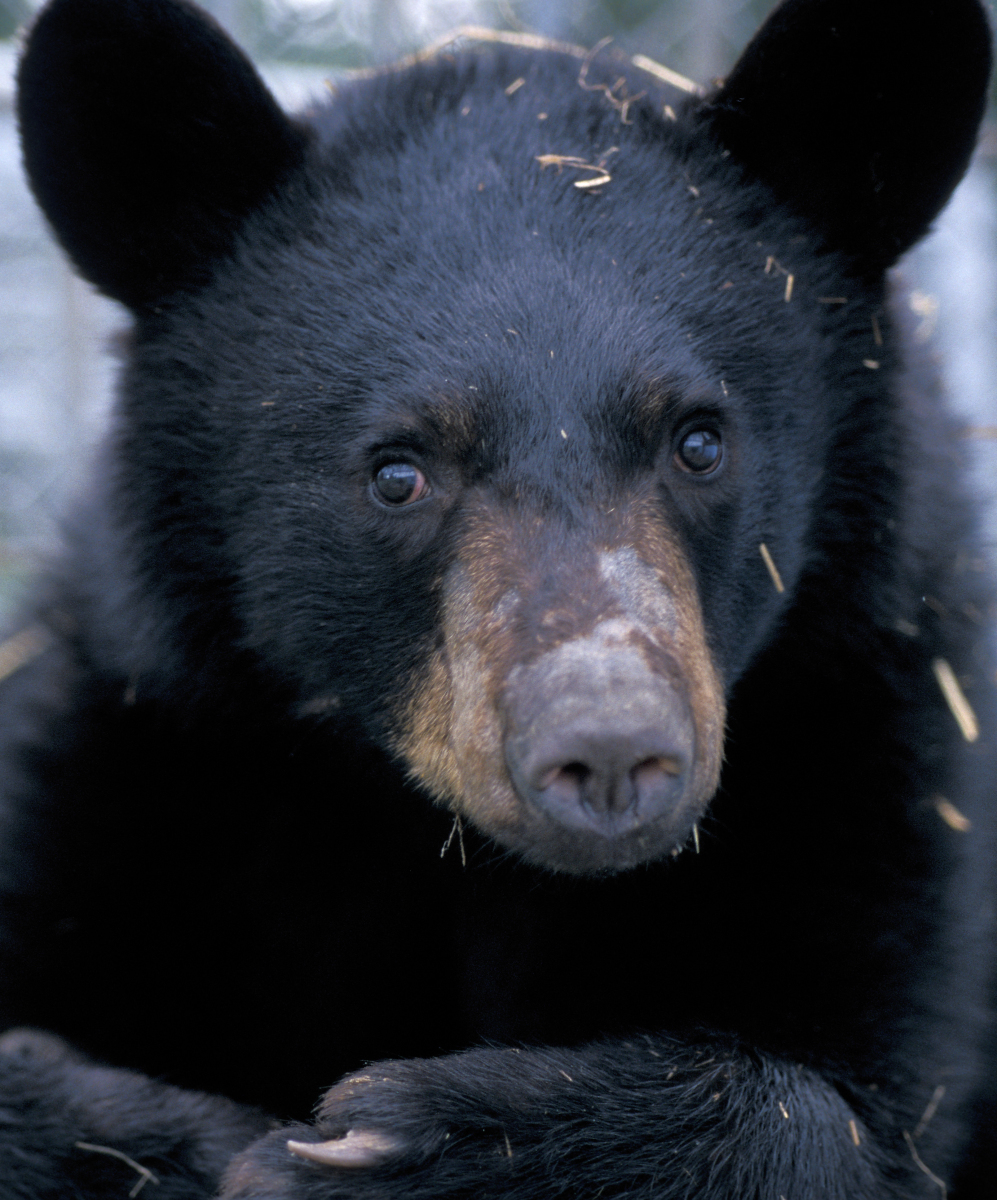Alaskan black bears do not hibernate in the same way as other, smaller, mammals and an understanding of how they achieve their winter's rest may help improve medical care and open the door to deep space travel.
Hibernation is a very useful behaviour in challenging environments. By slowing the metabolic rate, an animal is able to cut its energy costs dramatically and survive a harsh winter on bodily reserves alone. In general, metabolic rate slows by 50% for every 10 degree Celsius drop in body temperature.
 Most of the hibernating animals studied so far, generally small mammals like hedgehogs, typically reduce their body temperature to around their freezing point for weeks on end, with occasional breaks when the body temperature rises to normal for a day or so. These breaks are thought to allow opportunities to repair any nerve damage resulting from the hibernation itself, and account for around 80% of the animal's energy costs during hibernation.
Most of the hibernating animals studied so far, generally small mammals like hedgehogs, typically reduce their body temperature to around their freezing point for weeks on end, with occasional breaks when the body temperature rises to normal for a day or so. These breaks are thought to allow opportunities to repair any nerve damage resulting from the hibernation itself, and account for around 80% of the animal's energy costs during hibernation.
Larger animals, like bears, have been harder to study due to technical limitations. Writing in the journal Science, researchers at the University of Alaska Fairbanks, along with colleagues from Stanford University, have had a unique chance to study five Alaskan bears captured by the Alaska Department of Fish and Game as nuisance animals. Øivind Tøien and colleagues allowed the bears to hibernate in artificial dens, which were kitted out with infrared cameras, activity detectors and other remote sensing devices, and monitored them throughout five months of hibernation. They measured oxygen concentration in the air, as a marker of metabolic rate, and surgically implanted radio transmitters in the bears to report on temperature and heart activity.
This allowed them to see that black bears reduce their metabolic rate to just 25% of it's normal level, despite staying warm - 33 degrees on average. Their heart rates dropped from around 55 to just 14 beats per minute, and showed marked sinus arrhythmia - variation in frequency relative to breathing. This suggests that the bears have mechanisms to divorce metabolic rate from body temperature, allowing them to spend long periods without eating, drinking or defecating, but without the need to be cold. On leaving hibernation in spring, the bears did not instantly return to a high metabolic rate. This instead developed over the next two to three weeks. Also, unlike humans, who lose muscle and bone during a period of inactivity, bears do not seem to suffer this loss.
As well as improving our understanding of how large animals cope with harsh conditions, this could help us to develop novel medical interventions. Brian Barnes, the senior author of the study said:
"If we could discover the genetic and molecular basis for this protection, and for the mechanisms that underlie the reduction in metabolic demand, there is the possibility that we could derive new therapies and medicines to use on humans to prevent osteoporosis, disuse atrophy of muscle, or even to place injured people in a type of suspended or reduced animation until they can be delivered to advanced medical care."









Comments
Add a comment